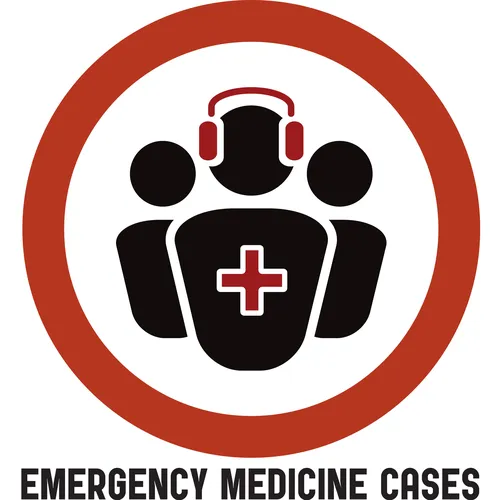Ep 159 Geriatric Trauma Part 1: The Under-Triaging Problem, Resuscitation, Airway, Head and C-spine Imaging, Clearing the C-spine
- Author
- Dr. Anton Helman
- Published
- Tue 24 Aug 2021
- Episode Link
- https://emergencymedicinecases.com/geriatric-trauma-under-triaging-resuscitation-airway-head-c-spine-imaging-clearing-c-spine/
Just as pediatric patients are not small adults, geriatric patients are not just old adults. Here are a few facts: the oldest old are the fastest growing population in North America. Older adults with severe injuries represent at least 40% of all adults with severe injuries in the Canadian trauma system. Older patients are more likely to experience trauma and to have worse outcomes after a trauma. In this Part 1 of our 2-part EM Cases podcast series on Geriatric Trauma, Dr. Barbara Haas, Dr. Camilla Wong and Dr. Bourke Tillmann answer questions such as: why are older patients under-triaged to trauma centers and how does that affect outcomes? What is the utility of the Shock Index in older patients? How should we adjust airway management for the older trauma patient? Which older patients do not require head or c-spine imaging after a ground level fall? Why is it challenging, yet of utmost importance, to clear the c-spine of a geriatric trauma patient as soon as possible? When can anticoagulation medications be safely resumed after an older person has sustained a minor head injury? and many more...
Podcast production, sound design & editing by Anton Helman. Voice editing by Danielle Lewis.
Preproduction by Anh Thi Nyugen, Barbara Haas, Camilla Wong & Anton Helman.
Written Summary and blog post by Winny Li, edited by Anton Helman August, 2021.
Cite this podcast as: Helman, A. Wong, C. Haas, B. Tillmann, B. Geriatric Trauma Part 1: The Under-Triaging Problem, Resuscitation, Airway, Head and C-spine Imaging, Clearing the C-spine. Emergency Medicine Cases. August, 2021. https://emergencymedicinecases.com/geriatric-trauma-under-triaging-resuscitation-airway-head-c-spine-imaging-clearing-c-spine. Accessed [date]
Go to part 2 of this 2-part podcast on geriatric trauma
The problem of under-triaging geriatric trauma patients
Undertriage, both at the ED triage and to the lead trauma center, may be the single most important modifiable problem in trauma in older adults. In Ontario, >2/3 of older adults with major traumatic injuries (often related to minor mechanisms of injury such as ground-level falls) are triaged to a non-trauma center and Example of trauma center activation guidelines for educational purposes only. Note that patients age >55 are considered high risk which "may warrant transfer to lead trauma center at a lower threshold"
Anatomic and physiologic considerations in geriatric trauma care
* Comorbid disease, medications and frailty may all affect the expected physiologic presentation of trauma in older people
* Multiple studies have shown frailty to be more predictive of poor outcomes than age after trauma
* Consider removal from backboard ASAP, measures to prevent hypothermia, being vigilant in maintaining c-spine precautions, more frequent assessments, acting on small changes in vital signs more readily, binding the pelvis early and placing an arterial line early
Hemodynamic considerations, the utility of the Age Shock Index (ASI) and fluid resuscitation
Normal vital signs in the elderly patient should not be considered as reassuring as they might be in younger patients. It is more challenging to recognize the early symptoms of shock in older patients owing to diminished physiologic reserve, chronic diseases that impair their ability to respond to injury, medications for cardiac conditions, e.g. antihypertensives, β-blockers, all of which may blunt a physiologic tachycardic response to stress or hemorrhage.
Concerning vitals in the geriatric trauma population:
